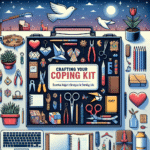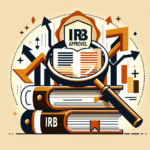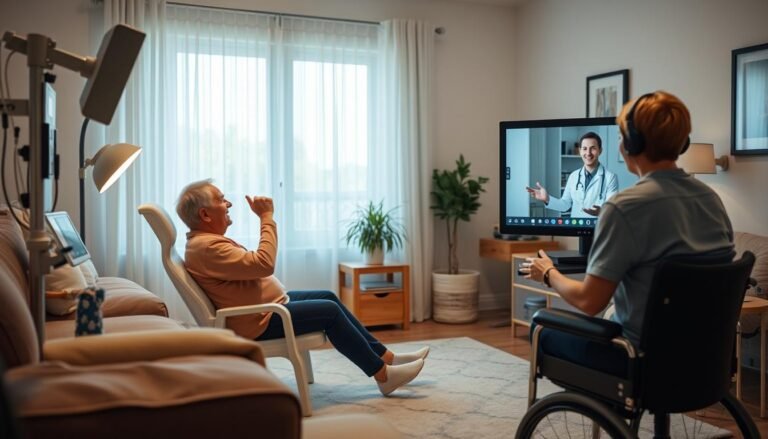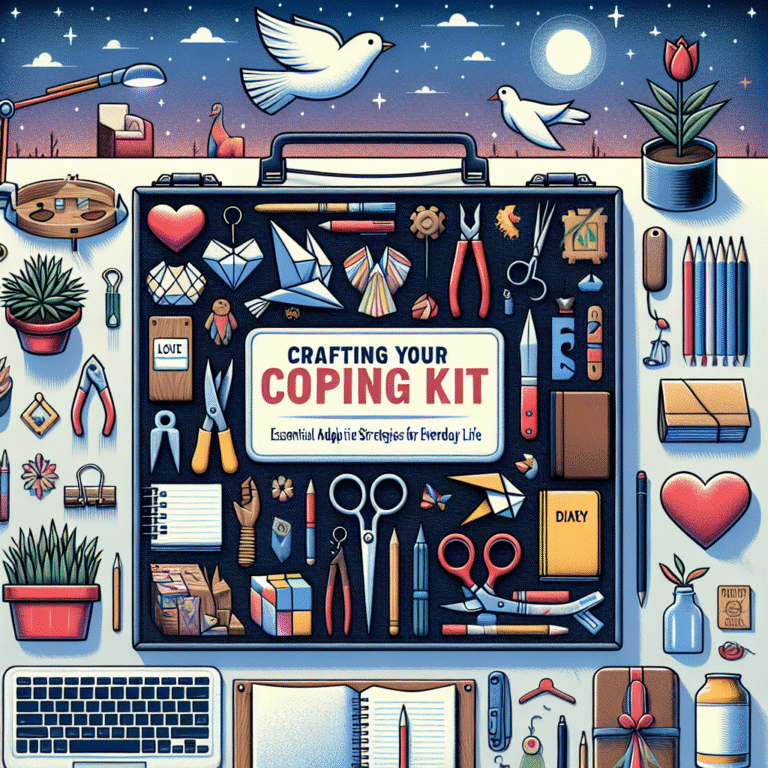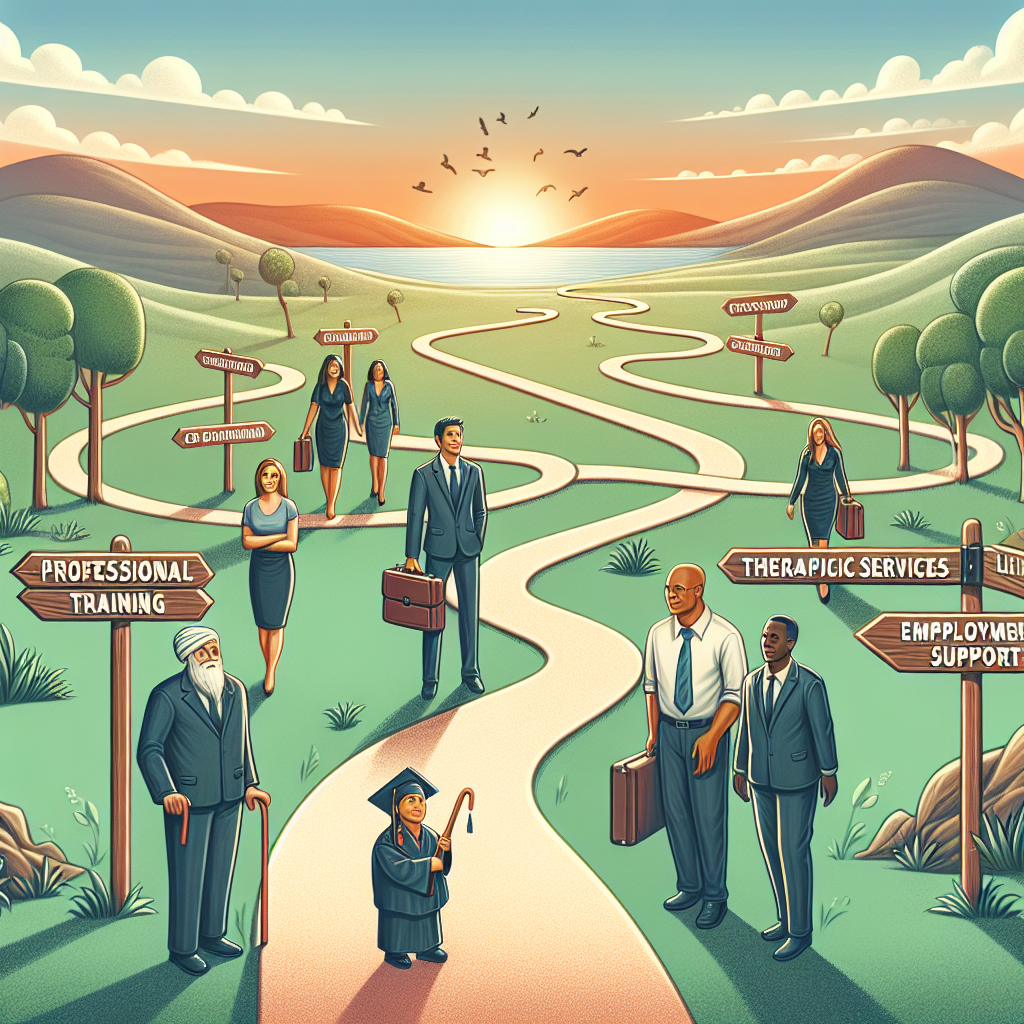
Introduction
In today’s competitive job market, finding meaningful employment can be a daunting task, especially for individuals with disabilities or those facing significant barriers to work. "Navigating the Path to Employment: A Comprehensive Guide to Vocational Rehabilitation Services" aims to shed light on how these specialized services can empower individuals, making their career aspirations a reality. Whether it’s gaining new skills, securing necessary accommodations, or unlocking financial support, vocational rehabilitation (VR) can significantly change the trajectory of a person’s life. Let’s embark on this journey to explore how you can leverage these services to achieve your unique employment goals.
Understanding Vocational Rehabilitation Services
What Are Vocational Rehabilitation Services?
Vocational Rehabilitation Services are state-federal programs designed to assist individuals with disabilities in obtaining and maintaining employment. These services cover a wide range of assistance, from counseling and training to job placement and ongoing support. The overarching goal is to provide individuals with the tools and resources they need to become self-sufficient and gainfully employed.
Who Can Benefit from Vocational Rehabilitation?
Virtually anyone facing challenges to employment can benefit from VR services. This includes:
- Individuals with Physical Disabilities: Those recovering from injuries or coping with chronic conditions.
- Individuals with Mental Health Conditions: People facing anxiety, depression, or other mental illnesses that impact their work.
- Individuals with Intellectual Disabilities: Those who may need additional support in learning and adapting to job environments.
Understanding your eligibility is the first crucial step when "Navigating the Path to Employment: A Comprehensive Guide to Vocational Rehabilitation Services."
Key Components of VR Services
- Assessment and Evaluation: Every journey begins with understanding one’s strengths and weaknesses.
- Counseling Services: Professional guidance to navigate career choices and personal challenges.
- Skill Training: Workshops and courses to enhance industry-relevant skills.
- Job Placement Assistance: Support in securing a job that aligns with your skill set.
- Ongoing Support: Continuous services to ensure job retention and career advancement.
The Process of Vocational Rehabilitation
Step 1: Initial Contact and Application
To kickstart your journey, initiate contact with your local VR agency. It’s often as simple as filling out an application form that collects information about your background, challenges, and employment goals.
Case Study: The Journey of Sarah
Background: Sarah, a 30-year-old woman with a visual impairment, was struggling to find suitable employment.
Action: After applying to VR services, she underwent an assessment to identify her strengths and potential job roles.
Outcome: With the support of VR, Sarah received specialized training on adaptive technologies and assistance in securing a position as a customer service representative.
Analysis: Sarah’s case demonstrates the critical importance of personalized assessments in helping individuals discover their potential.
Step 2: Development of an Individualized Plan for Employment (IPE)
Once you are determined eligible, the next step is creating an Individualized Plan for Employment (IPE). Together with your counselor, you’ll outline your professional goals, the services you’ll need, and the timeline for achieving these objectives.
Step 3: Engaging in Services
This is where the real work begins! Depending on your IPE, you may participate in:
- Skill Development Programs: Designed to teach both soft skills and technical know-how.
- Job Coach Services: Personal coaching as you adapt to a new role.
- Financial Support: Assistance with job-related expenses such as transportation or tools.
Chart: Common Services Offered Through VR
| Service Type | Description |
|---|---|
| Counseling | Guidance on career choice |
| Training Programs | Workshops to develop job skills |
| Job Placement | Support in finding suitable jobs |
| Ongoing Support | Continuous follow-up and assistance |
Case Study: The Success of Jonathan
Background: Jonathan, a recent college graduate with an anxiety disorder, faced hurdles in job interviews.
Action: Through VR, he received extensive interview coaching and mock interviews.
Outcome: Jonathan successfully secured a role at a marketing firm, using stress management techniques learned through his training.
Analysis: Jonathan’s success illustrates how targeted support and training can enhance an individual’s confidence and job readiness.
Overcoming Common Barriers to Employment
Misconceptions About Vocational Rehabilitation
A frequent barrier to accessing VR services is misinformation. Myths like "VR is only for those who cannot work at all" deter many eligible individuals from applying. Understanding the scope of services is essential in "Navigating the Path to Employment: A Comprehensive Guide to Vocational Rehabilitation Services."
Building a Support Network
Forming a beneficial network is crucial. This includes family, employers, and VR counselors. A robust support system increases your chances of successful employment.
Finding Employer Support
Employers are increasingly recognizing the value of a diverse workforce, including individuals with disabilities. Learn how to articulate your value proposition to potential employers, emphasizing:
- Unique perspectives you bring to teams.
- Skill sets developed through VR services.
The Financial Aspect of Vocational Rehabilitation Services
Funding and Grants
Many VR services come at no cost to the individual, covered through state and federal funding. Additionally, grants may be available for specialized training programs or tools needed for specific jobs.
Understanding Your Rights
Under laws such as the Americans with Disabilities Act (ADA), individuals have the right to reasonable accommodations at work. Familiarize yourself with these protections to advocate effectively for your needs.
Case Study: The Financial Journey of Maria
Background: Maria lost her job due to a physical disability.
Action: With the help of VR, she accessed funding for skills training in computer programming, a field she was passionate about.
Outcome: Maria was hired by a tech company that recognized her potential.
Analysis: Maria’s story emphasizes the importance of funding in enabling individuals to transition into new fields, ultimately improving employability.
Maintaining Employment and Career Advancement
Continuing Support
After securing employment, it’s vital to continue leveraging VR services for career advancement. Regular check-ins and support can help navigate challenges and foster professional growth.
Developing Soft Skills
Soft skills, such as communication, teamwork, and adaptability, are essential in any job. VR often provides training in these areas to facilitate smoother transitions into the workplace.
The Future of Work: Building Resilience
As the job market evolves, so must individuals. Emphasizing lifelong learning and adaptability will ensure sustained success in any career.
Conclusion
Navigating the Path to Employment: A Comprehensive Guide to Vocational Rehabilitation Services reveals that the road to meaningful employment may have its challenges, but it is also filled with opportunities for empowerment and growth. By taking advantage of VR services, individuals can transform their barriers into stepping stones towards success. Now is the time to take action—reach out to your local VR agency and start paving your path to a fulfilling career.
FAQs
1. How do I know if I am eligible for vocational rehabilitation services?
Eligibility typically hinges on having a physical or mental disability that significantly impairs your ability to secure employment. A local VR office can assess your situation.
2. What types of jobs can I access through VR services?
VR services support a wide range of job sectors. Your options depend on your interests and the training you receive.
3. Are vocational rehabilitation services available in all states?
Yes, all U.S. states offer some form of vocational rehabilitation services, but the specific offerings may vary.
4. How do I choose the right career path while working with VR?
Engage in self-assessment and explore options through counseling provided by VR professionals to identify your interests and skills.
5. Is there a cost associated with these services?
Most VR services are free or low-cost for individuals since they are funded by government programs. Additional financial aid may be available for specific needs.
By addressing common concerns and highlighting actionable insights, this guide encourages individuals to take charge of their employment journey through vocational rehabilitation services. Remember, each small step you take is a stride toward a more empowered future!

